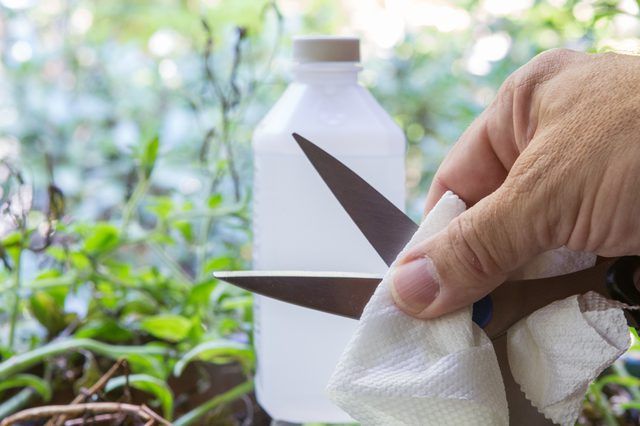Bulbs
Flower Basics
Flower Beds & Specialty Gardens
Flower Garden
Garden Furniture
Garden Gnomes
Garden Seeds
Garden Sheds
Garden Statues
Garden Tools & Supplies
Gardening Basics
Green & Organic
Groundcovers & Vines
Growing Annuals
Growing Basil
Growing Beans
Growing Berries
Growing Blueberries
Growing Cactus
Growing Corn
Growing Cotton
Growing Edibles
Growing Flowers
Growing Garlic
Growing Grapes
Growing Grass
Growing Herbs
Growing Jasmine
Growing Mint
Growing Mushrooms
Orchids
Growing Peanuts
Growing Perennials
Growing Plants
Growing Rosemary
Growing Roses
Growing Strawberries
Growing Sunflowers
Growing Thyme
Growing Tomatoes
Growing Tulips
Growing Vegetables
Herb Basics
Herb Garden
Indoor Growing
Landscaping Basics
Landscaping Patios
Landscaping Plants
Landscaping Shrubs
Landscaping Trees
Landscaping Walks & Pathways
Lawn Basics
Lawn Maintenance
Lawn Mowers
Lawn Ornaments
Lawn Planting
Lawn Tools
Outdoor Growing
Overall Landscape Planning
Pests, Weeds & Problems
Plant Basics
Rock Garden
Rose Garden
Shrubs
Soil
Specialty Gardens
Trees
Vegetable Garden
Yard Maintenance
How to Protect Petunias from Frost
How to Protect Petunias from Frost. Petunias (Petunia spp.) grow as perennials in U.S. Department of Agriculture plant hardiness zones 9 through 10 and are broken into four categories of grandiflora, multiflora, milliflora and spreading types, but they are often treated as annuals. Though a prolonged frost can kill petunias, including new...
Petunias (Petunia spp.) grow as perennials in U.S. Department of Agriculture plant hardiness zones 9 through 10 and are broken into four categories of grandiflora, multiflora, milliflora and spreading types, but they are often treated as annuals. Though a prolonged frost can kill petunias, including new transplants, established and older transplants usually can survive a light frost, according to Colorado State University Extension. Cells within plant stems and roots freeze and burst when the temperature cools quickly during a frost, which can kill tender perennials. Prompt plant protection can help petunias survive a frost, as long as the temperature below 32 degrees Fahrenheit aren't prolonged. You also can protect newly planted petunias in spring or early summer when a late frost occurs. If frost damage does occur, wait until all danger of frost has left your area before pruning affected foliage.

Moisture increases humidity, and humid air and moist soil can hold warmth better than dry air. Water the petunias thoroughly the day before the expected frost, but avoid watering during the cold period because moisture on the leaves can cause damage. Irrigate potted petunia plants until the excess moisture just begins to drip from the pots' bottom drainage holes, and water petunias planted in the ground until the top 6 inches of their soil feels moist but not soggy to your touch.
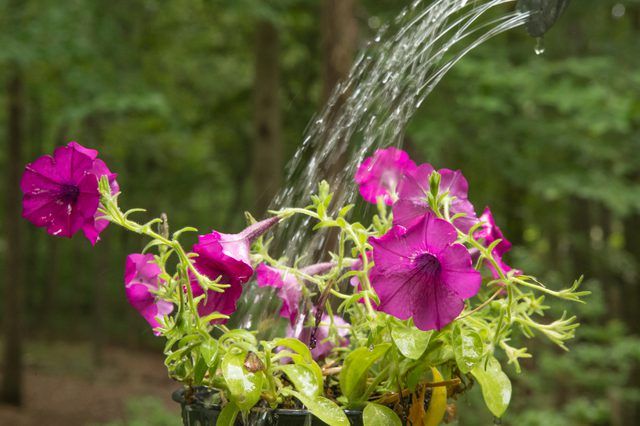
Potted petunias require the least effort to protect during cool temperatures. Simply take the pots indoors during the frost or move them to another protected area, such as an unheated shed or garage. Placing them under a patio awning may provide sufficient protection during a brief frost. If the pots are too heavy to move easily, then protect the petunias using the same methods as you would for petunias planted in the ground..
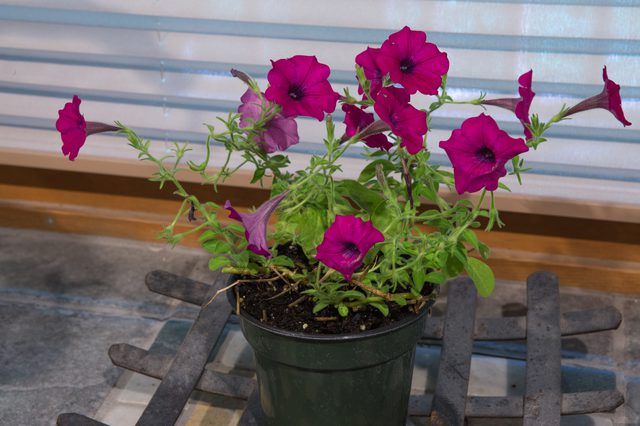
A layer of mulch on top of soil insulates plant roots and helps conserve warmth in the soil. Mulch can prevent petunia roots from becoming too cold during a brief frost and may even provide sufficient protection for the petunia foliage. Use dry leaves or a straw mulch for frost protection. Mound the mulch over the plants after irrigation, and completely cover the crowns, where stems and roots merge. Remove the mulch covering the crowns and foliage only after the danger of frost passes, but leave a 2-inch-thick layer of mulch over the soil to continue insulating the roots.
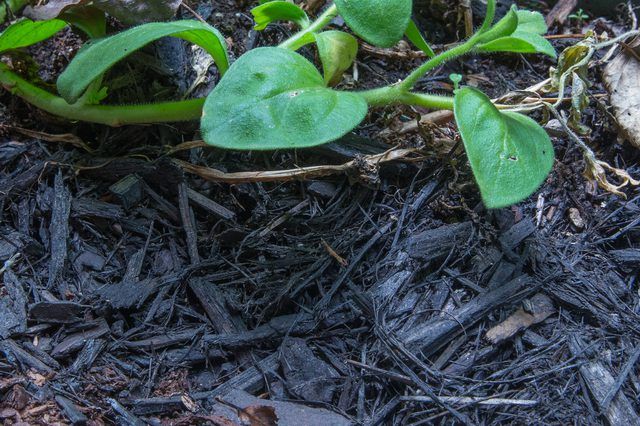
Covering the petunias protects their flowers and foliage from a brief frost. If daytime temperatures are warm between nights with frost, then an option is to cover the petunias overnight and uncover them during the day. Insert stakes around the petunias to elevate the cover so it doesn't touch any foliage. Drape a blanket, cloth sheet or plastic over the stakes, anchoring the cover's edges to the ground with a mound of soil or small rocks. The cover will trap soil warmth and keep frost off the petunias. You also can place a string of holiday lights around the petunias and turn on the lights to generate some heat under the cover, but place the lights so they don't actually touch the cover.
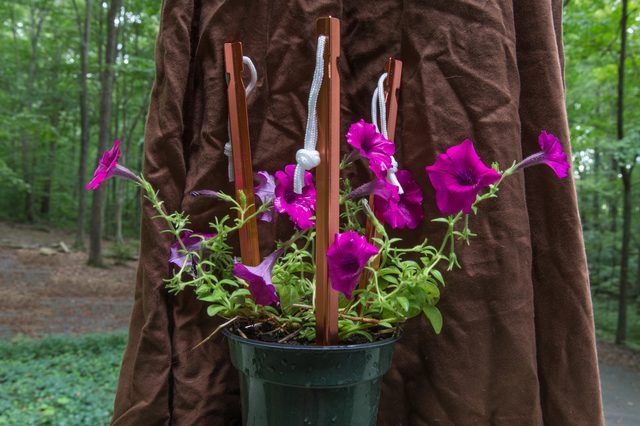
Warming cold petunias too quickly in the morning can result in further damage after the frost has passed. If their area receives direct morning sunlight, then vent the cover so the air doesn't warm too quickly and cause the moisture in the plant cells to overheat and the cells to burst. Remove the cover after the temperature beneath it and in the surrounding air stabilizes. If the foliage or flowers die back due to frost, then trim back the dead foliage and stems, but wipe the shears you use with a cloth soaked in isopropyl alcohol to disinfect them before pruning. The petunias will grow back from the plant crowns if the roots survived the frost.
